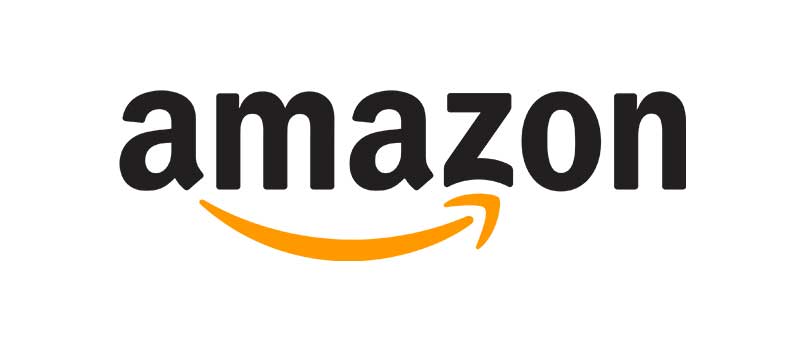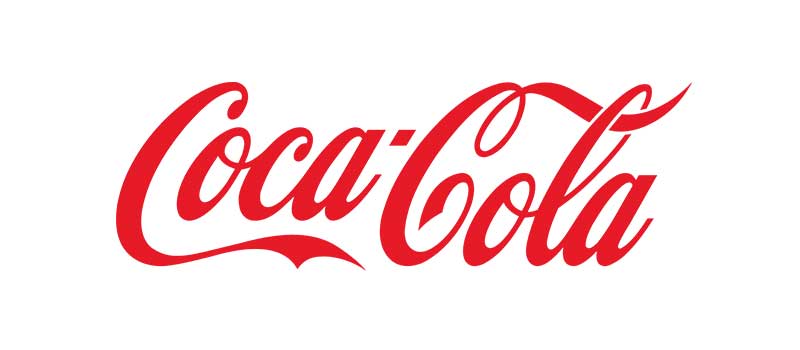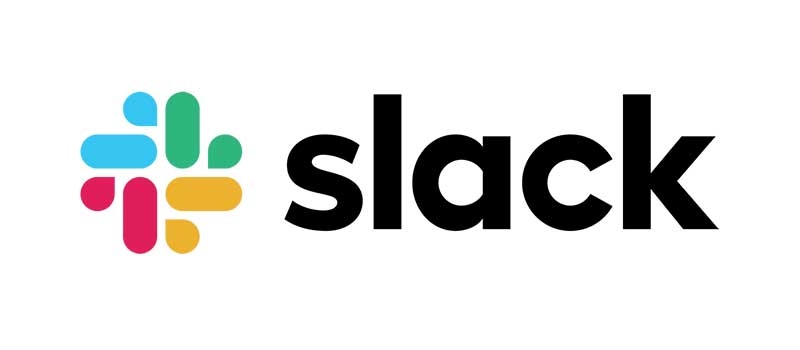When it comes to branding, you can either be proactive or reactive.
You can take control of the rudder and steer things in the direction you want them to go or simply allow the waves generated by the activities of your competitors and customers to land your wherever they please.
Leaving things to chance is not a good marketing strategy or any other kind of strategy for that matter.
However, being in charge of your brand’s destiny will make you more competitive and put you on the path to becoming a successful brand.
As a business, what you communicate to your audience is what shapes their perception of your brand.
Your brand messaging strategy determines how you shape those perceptions and what impact they have on your brand success.
What Is Brand Messaging?

Brand messaging is the art of defining and creating a set of key messages to act as a foundation and guide for all brand communication.
It involves finding and using the right words that both reflect your brand’s identity and the needs of your target audience to communicate a certain value and meaning to the target market.
This messaging is based on a clear definition of a brand’s core difference and ultimately their value to the market.
Effective brand messaging is influenced by the company’s positioning in the market, the products or services it offers, the benefits to the customers, based on the target audience and buyer personas who want or need what the brand is offering.
There’s an image of your brand that you want to paint, that you really want to own in the mind of your target audience.
The end-goal of brand messaging is to transfer the image of the brand as defined in the brand strategy, into the mind of the audience to ultimately influence them to a buying decision.
Brand Messaging not Core Message

It is important to clarify that brand messaging is not the same as a brand’s core message which tends to be a single statement communicating a brand’s value.
Though the core message is a useful distillation of the brand’s value, it has limitations for the mobilization of the message.
Ultimately, you can’t just use the same statement over and over again to communicate to your audience.
A brand messaging framework, on the other hand, provides a pool of messages that cover the most important aspect of the brand’s meaning and value to the audience, which are used as a starting point or compass for all brand communication and marketing materials.
PRO Brand Strategy BluePrint
Build Brands Like A Pro Brand Strategist

The Three Sides of Brand Messaging

Though you’ll likely communicate many different messages throughout the life of the brand, there are three categories of messages that act as the foundational framework of messages that all messages should be able to slot into.
Defining the messages that fall under each category is where the magic happens.
Explore Brand Strategy
Programs & Tools
Internal (Company) brand messaging

Values flow from inside out
Modern brands are akin to human entities with traits and beliefs that mimic humans.
Why? because humans can relate more easily to other humans than they can inanimate objects or corporate entities.
What your brand believes and what it holds dear in the way it does business should influence how the brand communicates so the audience develops a sense for who the brand is as a person.
External (Customer) brand messaging

No matter what you believe about your brand or products, you need a lot of effort to bring customers to a similar point of conviction.
That requires an intimate understanding of what goes on in the mind of the audience and what influences them.
Before developing your brand messaging framework, you need to understand the mind of the people you aim to influence.
Your audience research and buyer persona development sets the tone here whether you choose the guerilla research approach (scraping available free data online) You can also send out a fresh survey to gather opinions from customers and potential customers or follow the traditional qualitative/quantitative approach.
Once you understand what makes your customers tick, it’s time to begin developing core statements that will highlight your brand’s value and approach in a way that makes you highly relevant to your audience’s wants, needs, fears and desires, not to mention their personality traits.
The Competition

Like it or not, your brand is competing with other brands in your space.
Knowing what your competitors are doing so you can outmaneuver them is a large facet of the game of branding.
To be an outstanding brand, your messaging should shine a light on your key differentiators, positioning, value propositions, and unique benefits to customers when compared to your competitors.
Brand Messaging Framework: Components of Great Messaging

Brand messaging goes a long way in shaping your brand strategy. Hence, you want to take as much care as possible to ensure that you have just the kind of messages you need to cut it with your target audience out there.
In order not to create vague statements, here are the main ingredients that you need to develop your brand messaging framework.
Mission Statement

Be clear about who you are as a brand.
Your mission statement clarifies why you exist as a company.
It reflects the very essence of your business and why it matters in the world. When crafting your mission statement, use clear and simple words that people can easily identify with when they come across your brand.
It’s worth noting that the mission statement is developed first and foremost, not as a brand message, but as a commitment of intent that provides clarity for the brand leadership and personnel.
Providing a guide for brand messaging is the mission statement’s secondary function
Here are some great mission statement examples:
Patagonia
“We’re in business to save our home planet”.
Workday
“To put ut people at the center of enterprise software.”
Prezi
“to reinvent how people share knowledge, tell stories and inspire their audiences to act.”
JetBlue
“To inspire humanity – both in the air and on the ground.”
Tesla, the electric vehicle and clean energy company wants
“to accelerate the world’s transition to sustainable energy.”
You need to have a firm grip on why you exist and what your core principles are to be able to build a solid brand messaging framework.
That’s why understanding your brand’s purpose, vision, mission, and values are paramount.
How To Write A Mission Statement
Positioning Statement

This statement defines where you fit in the marketplace, the niche you fill and how you differ from the competition.
It also includes the primary benefits of your products or service to the customer.
Your positioning strategy and ultimately your positioning statement can only be developed once you have carefully understood both your target market and the competitive landscape.
Only then can you identify an opportunity to fill a role in the market no one else is playing.
In doing so, you arm yourself with everything you need to develop your positioning statement which, like the mission statement, serves its primary role as an internal document.
Here are two great examples of brand positioning statements:

For consumers who want to purchase a wide range of products online with quick delivery, Amazon provides a one-stop online shopping site. Amazon sets itself apart from other online retailers with its customer obsession, passion for innovation, and commitment to operational excellence.

For individuals looking for high-quality beverages, Coca-Cola offers a wide range of the most refreshing options — each creates a positive experience for customers when they enjoy a Coca-Cola brand drink. Unlike other beverage options, Coca-Cola products inspire happiness and make a positive difference in customers’ lives, and the brand is intensely focused on the needs of consumers and customers.
When developed from the right processes, your brand positioning statement can provide inspiration for other key messages that will form the pillar of your brand messaging framework.
Value Proposition Statement

Your value proposition is your elevator pitch.
It represents the core of who you are as a company and what you offer.
To create a convincing value proposition, think about the functional and emotional benefits your company provides.
What problems does your brand solve and why do you think people should choose you above others in your market?
To create a remarkable value proposition statement, you’d have to understand the painpoints of your target audience and make the benefits of your products or services very clear right from the outset.
Here are sample value propositions from popular brands:

Every iPhone we’ve made – and we mean every single one – was built on the same belief. That a phone should be more than a collection of features. That, above all, a phone should be absolutely simple, beautiful, and magical to use.

Uber is the smartest way to get around. One tap and a car comes directly to you. Your drivers knows exactly where to go. And payment is completely cashless.

Connect all the tools you use to Slack and avoid all that constant switching between apps. Set up your integrations so that you get all your notifications directly within Slack – from support requests, code check-ins, and error logs to sales leads-all of them searchable in one central archive.
When you create a great value proposition, you can re-echo the benefits throughout all of your brand’s communications including your website, blog, social media posts, newsletters, ads, and more.
Create a Catchy Tagline

When you distill your brand positioning and value proposition statements, you can develop a short phrase or statement that you can use as a tagline.
Your tagline is the ultimate distillation of how you want your brand to be remembered by your audience and the wider market.
It’s an effective tool that sparks memorability and enhances brand salience to ultimately solidify the defined position in the market.
Here are some examples:
M&M’s (chocolates):
‘Melts in Your Mouth, Not in Your Hands’
Nike:
‘‘Just Do It.’
L’Oreals Paris:
‘Because You’re Worth It.’
McDonald’s:
‘I’m Lovin It’
The New York Times:
‘All the News That’s Fit to Print’
Your tagline should be short, inspiring, emotional, and memorable.
Brand Messaging Pillars

When it comes down to the standardized words, phrases and statements you’ll be using in your marketing materials, creating brand messaging pillars will help you generate them.
To create these pillars, look at the principal benefits or major selling points of your brand, and consider talking points that support them.
This is where your brand positioning and value proposition statements should be helpful.
It’s important to remember brand messaging framework is not a pick and mix of messages you use over and again.
It’s a guidance framework that acts as a compass to instill the brand perception as defined in your brand strategy.
Reference the framework before sending all and every piece of communication into the market and your consistent application will begin to mold perceptions into the pre-defined shape.
Brand Messaging Principles

If you’ve done the hard work of crafting your brand messaging, it’s only appropriate to look for messaging opportunities in your brand communications.
This is where you begin to mobilize your brand message through every piece of content or marketing message you place in the market from social posts to email sequences, ads and beyond.
Here are some brand messaging principles to keep you on track.
Principle #1
Create Internal Brand Guidelines

Introduce your entire team to your messaging to keep everyone on the same page.
You can achieve this by creating a brand guideline that highlights your brand’s mission, visions, core values, buyer personas, positioning statement, value proposition, and brand messaging pillars.
In essence, this is your brand’s master guide.
It’s important to have your team across the brand’s strategy so those creating a piece of content or marketing material will stay “on-brand”.
Principle #2
Use Messaging To Generate Content Ideas

Every piece of content you create as a brand has to align with the brand’s purpose; as in, who does the brand serve and what problems does it solve?
If you take a cursory look at your messaging pillars, they should inspire some ideas for your blog and social media posts, newsletters, as well as e-mail marketing content.
There’s no limit to how much of content ideas you will come up with for your content marketing campaign when you use your messaging pillars to brainstorm ideas.
Principle #3
Use Messaging On Purpose

Use the right message for the right purpose and at the right time.
Not every message can fit in at the same time in a buyer’s journey.
Therefore, you need to classify your messages and how they will be used at each stage of the buyer’s journey. It also helps if you have created your buyer personas so you’ll know which messages or stories will resonate more with a particular group at a particular time.
Your goal should be to keep nurturing your audience with the right kind of messaging all along the buyer’s journey until they make a purchasing decision.
Principle #4
Pay Attention To Your Brand’s Tone Of Voice

Your brand messaging and tone of voice needs to go hand-in-hand which is a reflection of your brand personality, and an intimate understanding of your buyer personas.
Your brand voice can be serious or fun, cool or creative depending on your brand identity and target audience. (This should be developed at the brand strategy level).
However, you can also have a diversified tone of voice based on the channels where you are reaching out to your customers.
This is more applicable in digital marketing campaigns.
For example, if you are sending a piece on social media channels, you may need to refine the post to suit different platforms, while always remaining true to the brand’s overarching voice.
The LinkedIn version can be more formal when compared to the Instagram version, which may be more playful in comparison.
Understanding where to put the inflections can make a big difference in your brand messaging.
Over To You
Your brand messaging strategy can be the key to becoming a reputable and successful brand.
Therefore, all the efforts that you put into the exercise would be worth it.
However, it’s important that in all of your messaging and communication, you should maintain a consistent idea or set of ideas that will make you a brand of delight and the most preferred brand in your market.
Use your brand messaging framework as a navigational tool for your brand’s communication consistently, and the perception of your brand can be molded to fit the position you aim to own.
On-Demand Digital Program
Brand Master Secrets
Make the transition from hired-gun to highly valued brand strategist in less than 30 days. The systems, frameworks and tools inside this comprehensive program are all you need to level up.







